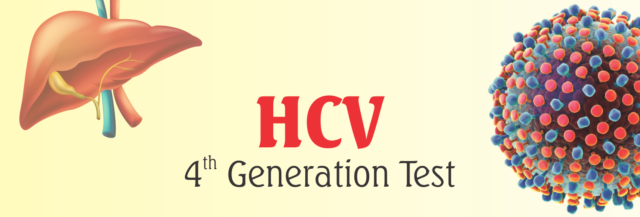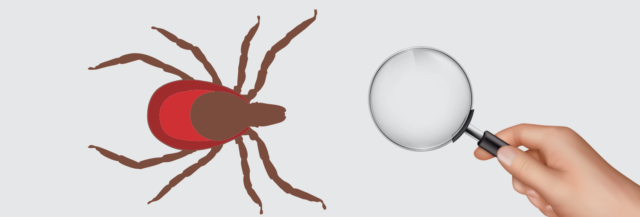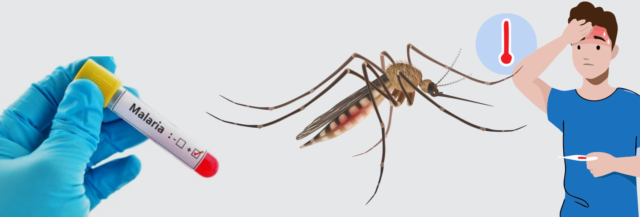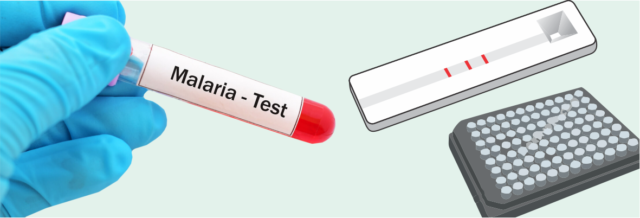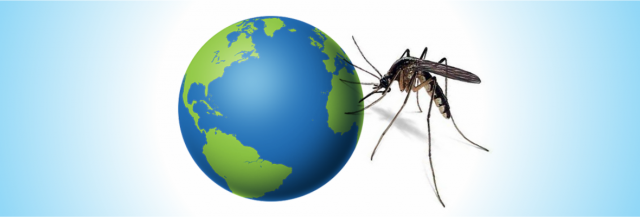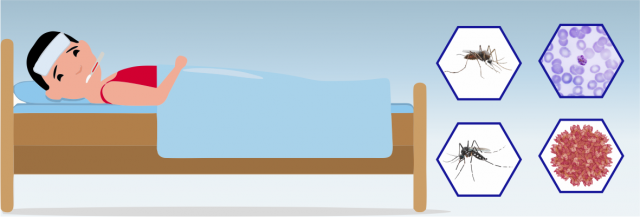HCV 4TH GENERATION TEST AND ITS SIGNIFICANCE
HCV Hepatitis is a global health problem, and there has been a constant increase in chronic hepatitis cases in India due to Bloodborne –Hepatitis B& C with an approx. 354 million people worldwide, as estimated by WHO.

